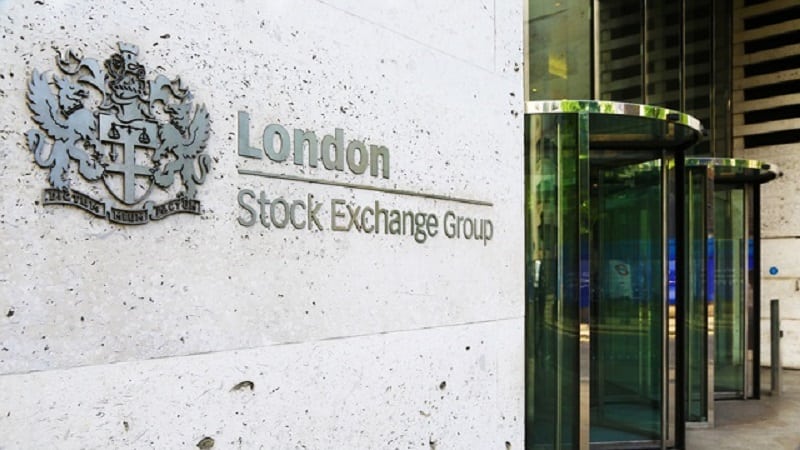Japanese equities have been an investor’s darling during the past few years after corporate governance reforms made the market substantially more appealing. The MSCI Japan All Cap index is up 19.2% over three years as money flooded into the revamped market, but most of that performance has been driven by large-cap stocks.
With Japan’s largest companies having led the rally, investors such as Chikara Japan Income and Growth fund analyst Theo Wyld expect the nation’s small-cap stocks to catch up soon. He says: “Japanese large caps still have room to grow, but because they have now advanced to higher valuations, they could present less upside than they did a few years ago and attractive entry points are becoming more difficult to find.
“Small caps, on the other hand, have a great deal of re-rate potential yet to offer because they have been somewhat forgotten as the market has lifted. A lack of benchmark representation and analyst coverage means these names have not experienced the same level of outperformance as their larger peers in recent times.”
Wyld notes every single large-cap company in Japan is evaluated by research firms, with each being covered by an average of 15 analysts. Yet in the small-cap space, only 58% of stocks have any sell-side research, with those that do being covered by an average of just three analysts. This lack of information means small caps have been overlooked amid Japan’s rally, but markets may pay closer attention to them now large-cap share prices have risen so far.
The return of global investors
It is perfectly normal for global investors to gravitate towards large-cap stocks first during a market rally and for small caps to follow, according to Mark Pearson, co-founder of Arcus Investment. These companies offer perceived credibility in their scale that gives investors a sense of security when they are testing the water in a new market.
“If you’re coming from zero weighting in Japan, you are firstly going to select a fund with more liquidity, which can be a core holding you can build up from,” Pearson says. “So it’s entirely natural for those institutions to choose well-known, mainstream names. We’ve seen that ourselves over the past two years or so, with healthy inflows into our main fund but negligible investment in our small-cap fund.”
International investors have a 36% stake in Japan’s large-cap names, but they only represent 12% of its small-cap shareholders. And even after heightened interest in recent years, global allocations to Japan are at historical lows. Japan was the largest regional weighting in the MSCI All Country World index in the ’90s, representing upwards of 40% of the index. Today it accounts for just 4.9%, even after the recent rally.
Pearson says Japan had “a deservedly bad reputation” after more than two decades of poor returns, but the market composition is very different now. Global investors have begun to realise this, and it’s only a matter of time before they become more bullish on Japan’s small-cap market, too.
Read the rest of this article in the April issue of Portfolio Adviser magazine










